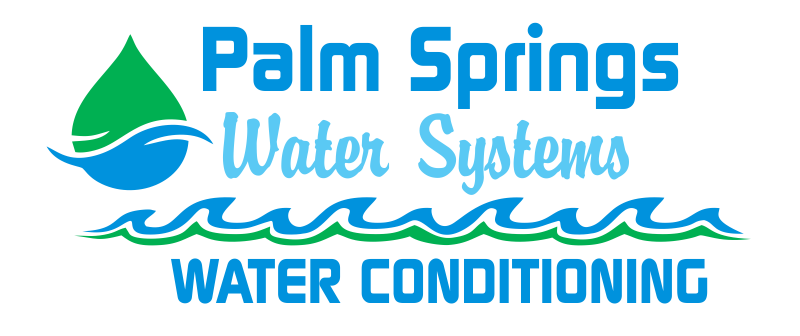Is your water softener not working as well as it should? Much like any other household appliance, a water-softening system requires some standard maintenance to keep it running smoothly. Over time, residue buildup and rust will impact performance and lead to the same hard water problems you were experiencing before.
Even if your water softener receives regular servicing, there are some simple things you can do at home to keep it running smoothly. These water softener maintenance tips are perfect for those struggling with hard water conditions in Palm Springs, or just for anyone who wants to extend the life of their water softener and keep it in top shape.
4 Ways to Keep Your Water Softener Running Smoothly
1. Consistently check the salt levels in your water softener.
One of the most important elements of your water softening system is the salt level. Since a water softener works by exchanging sodium ions for the magnesium and calcium ions present in the hard water, the brine tank must maintain enough salt to do the job. If the salt level gets too low, the water softener cannot complete the ion exchange process, resulting in a white, filmy residue on appliances, dishes, dry skin, and hair.
- Find the brine tank on your water softener and lift the lid.
- Make sure that the salt pellets completely cover the water in the brine tank.
- Keep the salt level replenished until the tank is half full.
- Chip away at any hard, encrusted salt on the side of the tank.
2. Keep your water softener’s brine tank clean.
We recommend cleaning your water softener’s brine tank annually to prevent salt clogs or residue buildup. The salty brine sludge can negatively impact your water softener’s regeneration process and overall performance. If your water has higher levels of calcium and magnesium, you may need to maintain it more often to keep your water softener’s brine tank clean.
- Find somewhere to safely dump your brine, like a gravel bed or secured trash bin.
- Power off and unplug your water softener.
- Separate the brine tank and dump the contents.
- Clean the brine tank and valve, then dry.
- Reconnect to your home’s plumbing before adding water and salt to the brine tank.
- Let the salt solution sit for at least two hours before starting the regeneration process.
3. Watch out for salt bridges in your water softener.
Salt bridges are those hard, crusty salt buildups in your brine tank. Over time, salt bridges can prevent the salt from dissolving into brine and the water softening process can not be completed. It’s pretty easy to manually break up a salt bridge, but if you find yourself doing this often, there could be another operational problem that requires professional water softener maintenance.
- Use a long, blunt object to push into the brine tank. You should be able to “poke around” in the brine solution relatively easily. If it’s difficult to move in the brine solution or you can feel resistance, you could be dealing with a salt bridge.
- With your blunt object or tool, break up the salt bridge. If needed, you can add warm water to the brine solution.
- To prevent too much salt bridging in humid areas, try adding less salt.
4. Replace your water softener resin.
The water softening process is made possible by ion exchange, but this exchange is completely powered by resin. Water softeners can last up to 20 years, but excess amounts of iron and chlorine can render the resin beds ineffective. If your water softener has been using the same amount of salt but is producing less quality water, the resin bed could be worn down.
You can replace the resin yourself, but a water treatment professional can verify all components to ensure the best performance.
- Once you’ve determined how much resin you will need, power off and unplug your water softening system.
- Disconnect from the plumbing and take off the control head.
- Rinse away the expired resin beads but save any old gravel.
- Replenish your brine tank halfway with new resin and reconnect the control head.
- Plug in, power on, and start a manual regeneration to test the water quality.
Palm Springs Water Systems Can Help Keep Your Water Softener Running Smoothly
If you’re ready to experience the benefits of soft water in your home, it’s time to call the water quality experts at Palm Springs Water Systems! With over 60 years of experience and commitment to the cleanest, softest water, our family business is proud to be the preferred partner for water softener installation, maintenance, and repairs in Palm Springs.
Contact us today to learn more about finding the perfect water softener solution for your home. Don’t be intimidated by some simple water softener maintenance! These tips to keep your water softener running smoothly are geared to optimize performance and increase the longevity of your system, but they’re not mandatory. Don’t miss out on the benefits of softened water— let Palm Springs Water Systems transform your water quality now!

